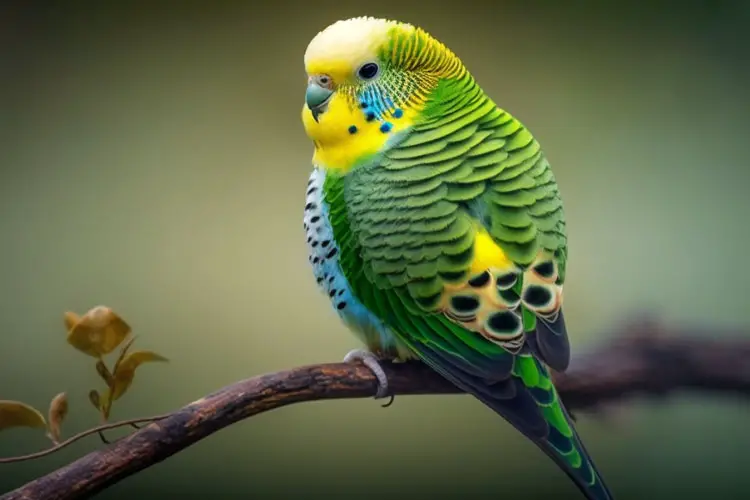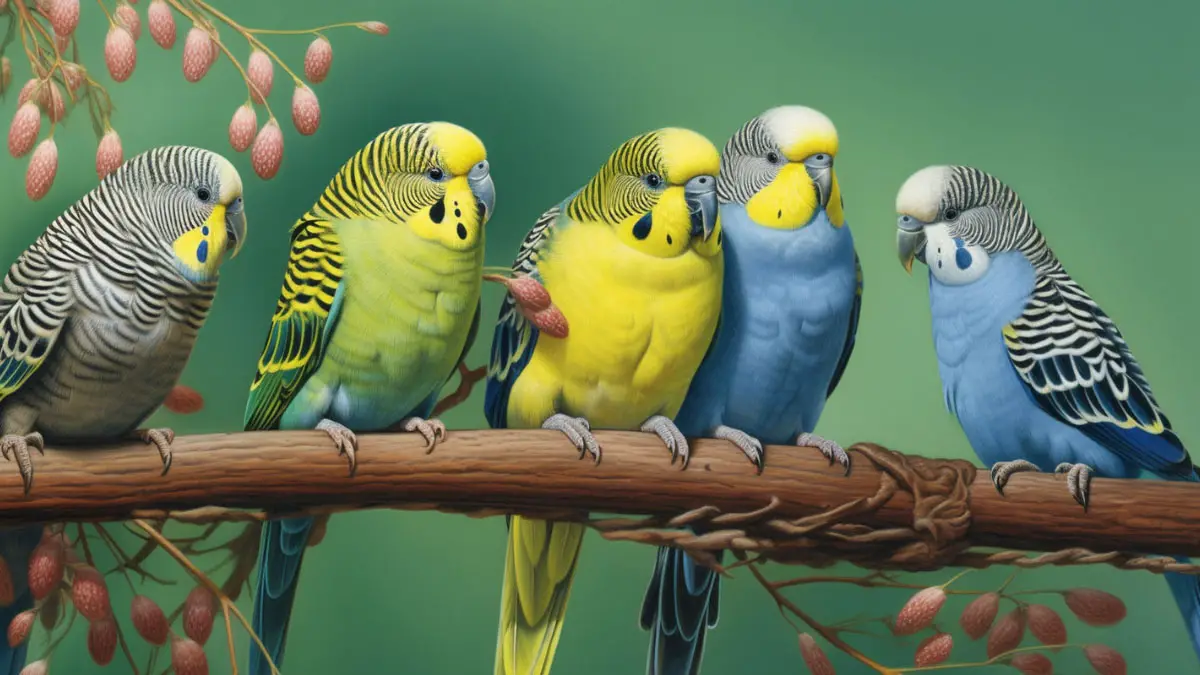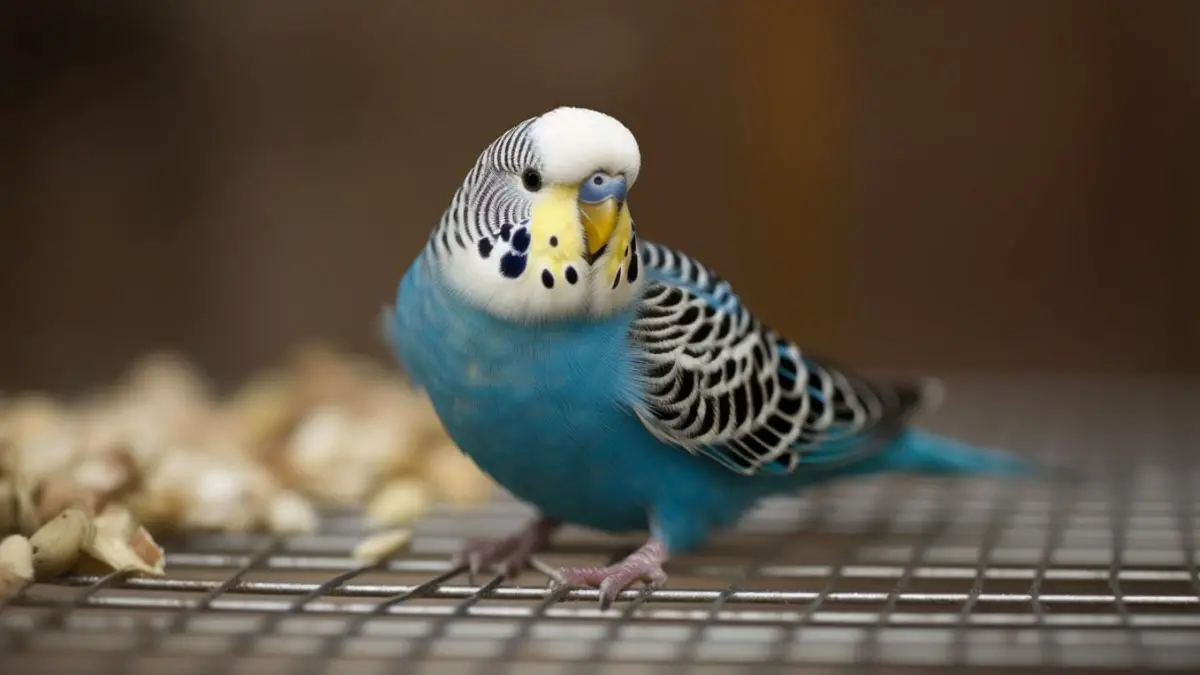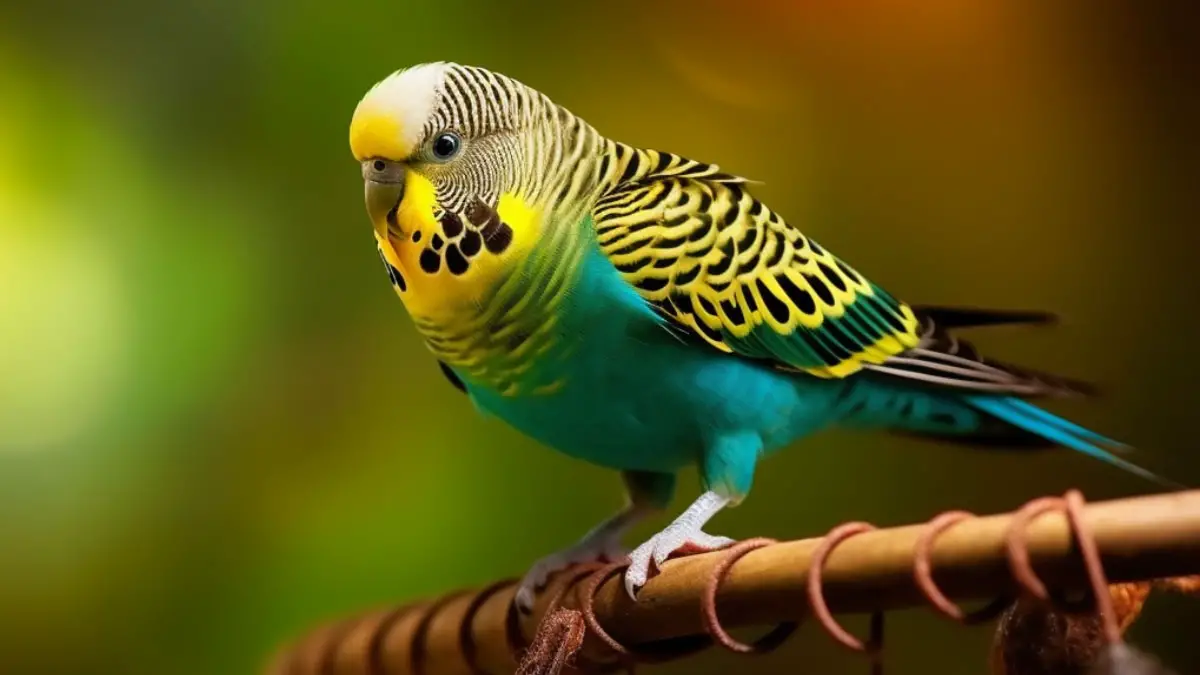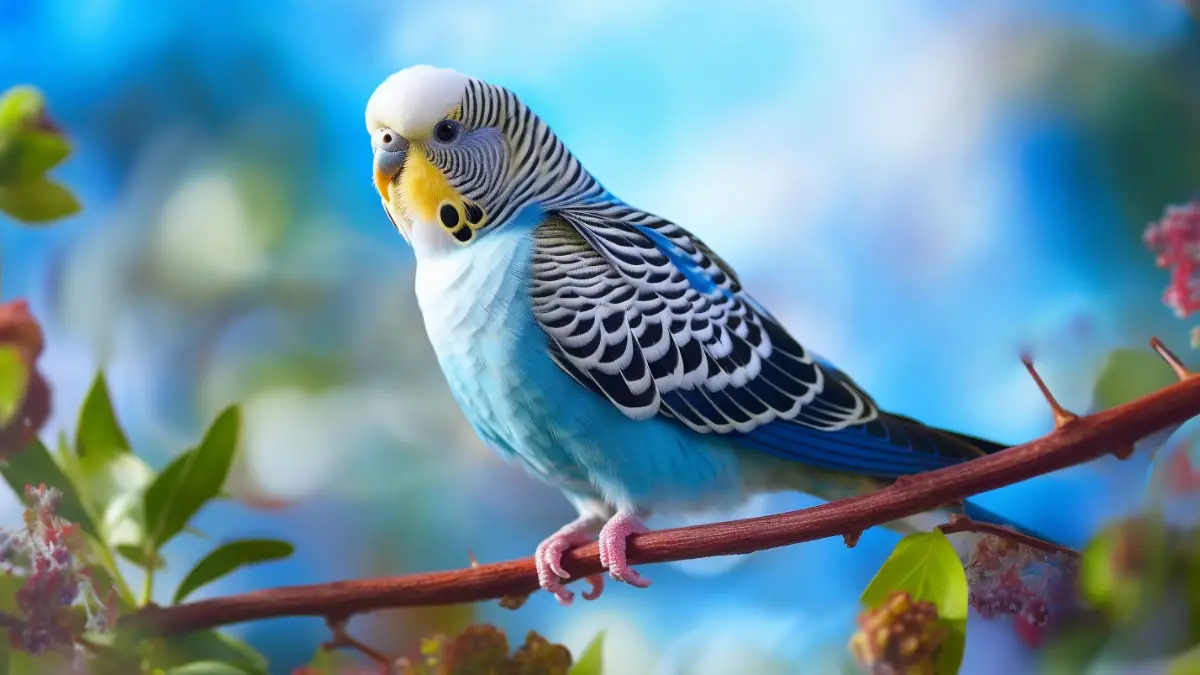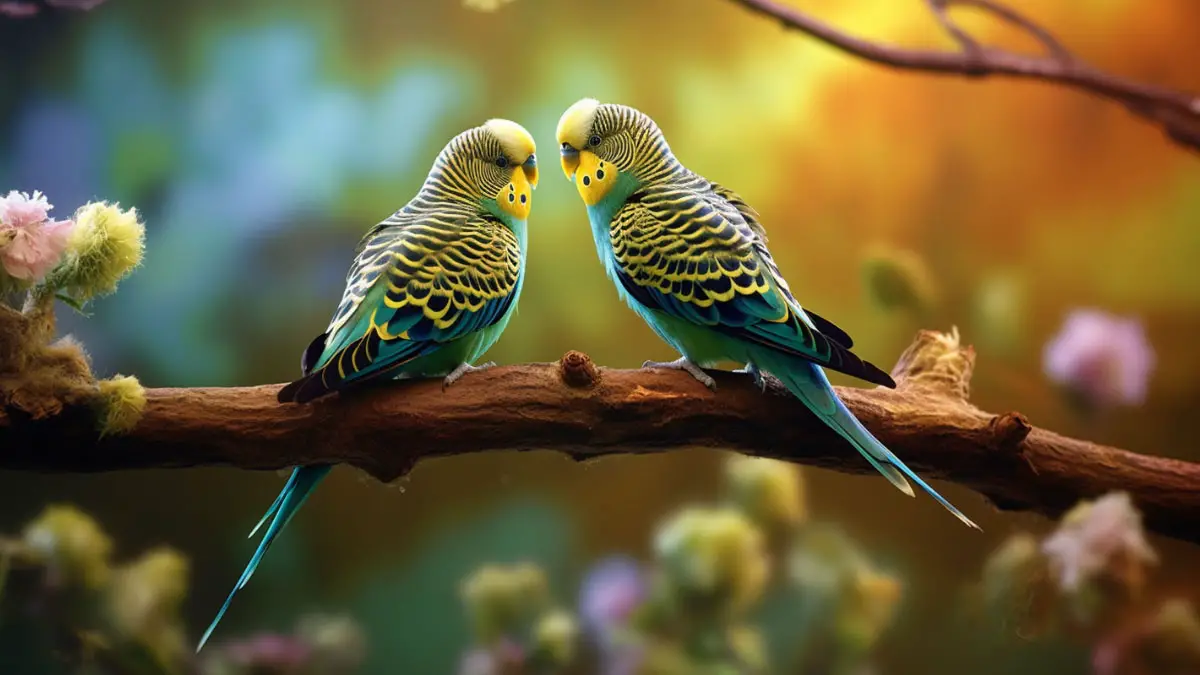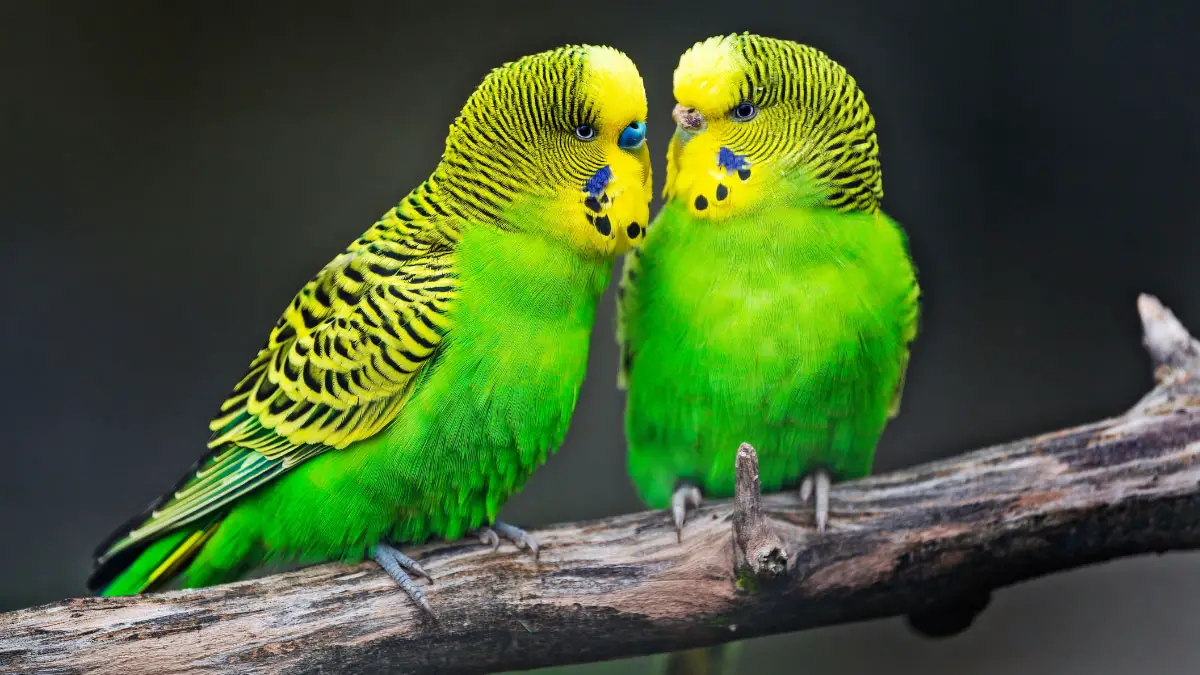If you’re planning to introduce a new budgie to your existing stock, then you should be careful how you do it to avoid stressing your new as well as existing budgies. Luckily, this guide will show you how to do it the right way.
To introduce a new budgie to the flock, put the new and existing budgie cages close to each other for days to get them used to each other. Only put them in the same cage once they’ve become friends to prevent stress or fights among the birds.
In this guide, we have shared full details on how to introduce your new budgie to your existing flock.
How to introduce a new budgie to the flock?
Here are the key considerations to follow when introducing a new budgie to the existing flock without stressing out the newcomer and the existing flock.
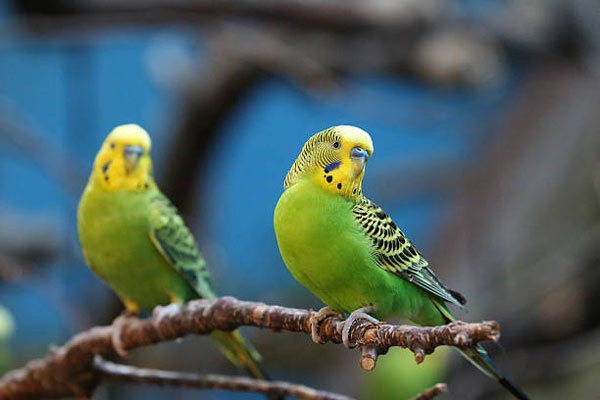
Preparing the new budgie
Before you can even introduce your new bird to the rest of your budgies, you’ll need to quarantine it first.
This step is essential for ensuring your new budgie doesn’t have any parasites or diseases that could easily spread to the rest of your birds.
Put your budgie in its own cage in a separate room for a quarantine period of around 30 days. During this period, you can have an expected avian vet check if your bird is safe from any diseases.
This is especially helpful if you get your budgie from someone you don’t know well, e.g. if you get it from Facebook or online classifieds.
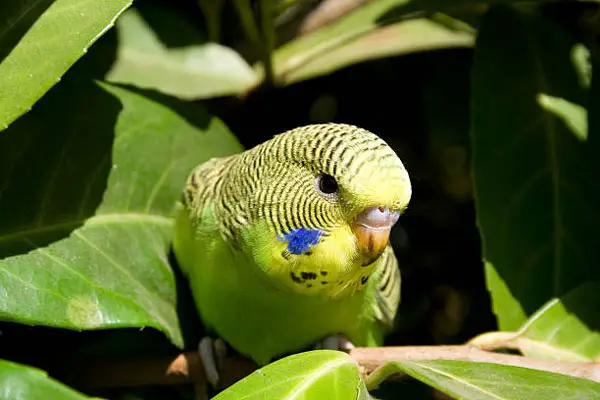
However, pets from reputable breeders or pet stores are less likely to suffer from any issues. Though you may quarantine them if you feel it’s necessary.
During this period, if you notice any signs of diseases in the new budgie, you can take him to the vet for a checkup.
The good news is that you won’t have to worry about the rest of your flock being sick as well.
Introduce the budgies in cages
After you’re sure that your new budgie is completely free of any illness, it’s time to make introductions between them.
But only do so when the two parties are still inside their respective cages.
There is a high chance that the birds used to call each other during the quarantine period, but they couldn’t see each other. So, this is the time to see who the calling stranger was.
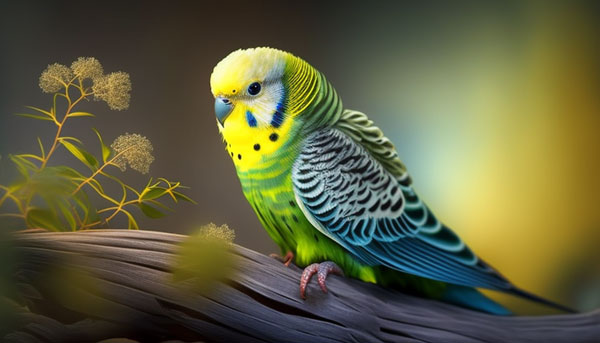
Take the new budgie’s cage to the existing budgerigars’ room. Bring their cages closer, but not too close.
This will help the two birds befriend each other while at the same time preventing overexcitement that could result in a fight.
If after monitoring the budgies’ behavior you don’t seem to notice any signs of aggression such as squeaking excessively or biting, you can try bringing their cages even closer.
Note that some budgies love their space and hate visitors in their territory. If you believe your budgie has such a character, then you’d want to do the cage introductions in a neutral room to prevent the possibility of aggression.
Also, note that the cage introductions aren’t a one-time thing and should go for up to one week to enable the two birds to completely befriend each other.
Let the birds meet out of their cages
After successful sessions of cage introductions, it’s now time to let them out of their cages so they can finally meet each other. But be sure to do this in a neutral room.
At this stage, everything is possible. For instance, your old friends may be cold to the new visitor or even refuse to interact with you due to jealousy.
However, this usually doesn’t last long and is nothing to be worried about.
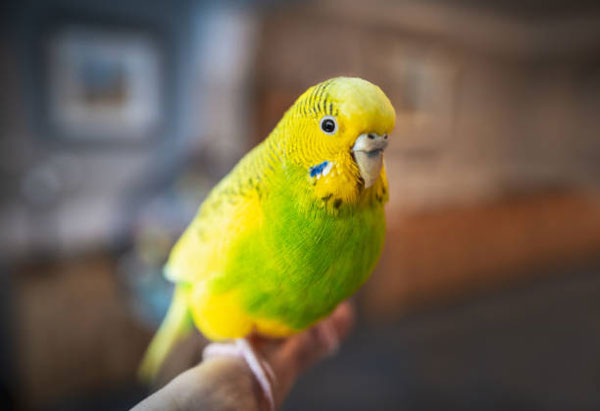
Some minor signs of power struggle are also possible at this point. Your old budgie may get into the new bird’s cage, perch on top of it, eat its food, reach for a toy, etc.
They may show other behaviors that look like they’re demarcating their territory.
If your new budgie retreats to its cage, then simply close the cage and try the same the following day until he gets comfortable around the flock.
If things don’t go well on the first meetup, don’t give up. Simply separate the two budgies and try planning for another meetup another day.
Moving in together
After a while, your birds should now have known each other pretty well and have become one flock.
If you’ve reached this point, it’s about time you got them together into the same cage t start living together as a family.
Before putting the two budgies together, you’ll need to make some changes to cage setup to make it accommodative for the new budgie.
Clean and reorganize the cage and then introduce some new toys for your budgie.
This can help trick the budgie that they’ve put in a new cage and prevent the existing flock from feeling the need to defend their territory against the new bird.
You should also ensure there’s plenty of food and water in the cage. You can try doubling the rations to prevent scarcity that may force the old budgie into seeing the new bird as a threat to their resource.
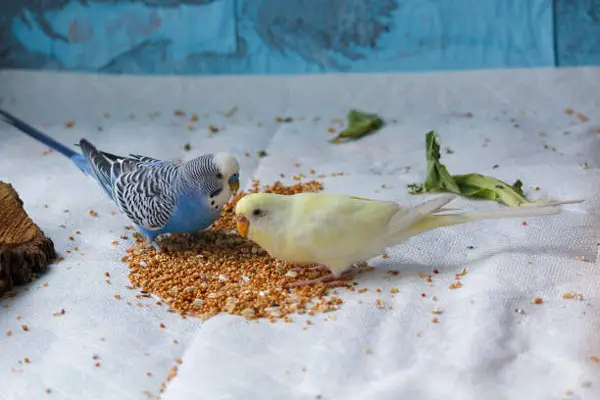
You can even go the extra mile and give your flock their favorite treat they haven’t had in a long while.
This will further make them happy and excited as they associate the newcomer with goodies, and they might like him even more.
Close monitoring is essential
Even though you’ve observed your budgies for a while and believe they’ve become friends, you shouldn’t stop when you put them together.
We advise you to continue monitoring behavior of the birds for the first few days to see how the relationship goes.
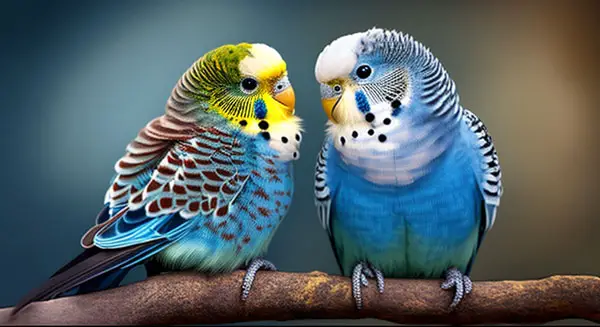
If they seem to get along pretty well, well and good!
But if you notice signs of aggression, don’t hesitate to separate them as fast as possible to avoid them from hurting each other.
Don’t hesitate to call your vet if any issues arise!
You should also monitor the two budgies for any signs of illness or changes in their normal behavior.
If you suspect your budgies are unwell, seek veterinary help immediately before things get worse.
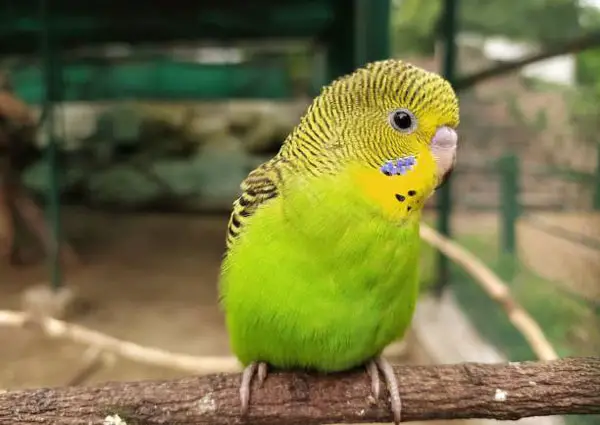
If you catch any disease early, you can have the budgie treated on time and prevent the illness from spreading to the rest of your flock.
Some common signs of illnesses in budgies include loss of appetite, lethargy, and change in feces appearance.
Final Verdict
While it can be exciting to have a new budgie join your existing family of budgies, it can also be a tense situation as you’re not sure whether the birds will get along well. The tips discussed above will help you smoothly introduce your new budgie to the existing flock without causing stress to both parties.
Keep in mind that the introductory process can take several days or even weeks. Sometimes the budgies may become friendly toward each other but other times they may be cold to the new budgie. With patience, however, you can get the budgies used to each other and end up as one happy flock!
